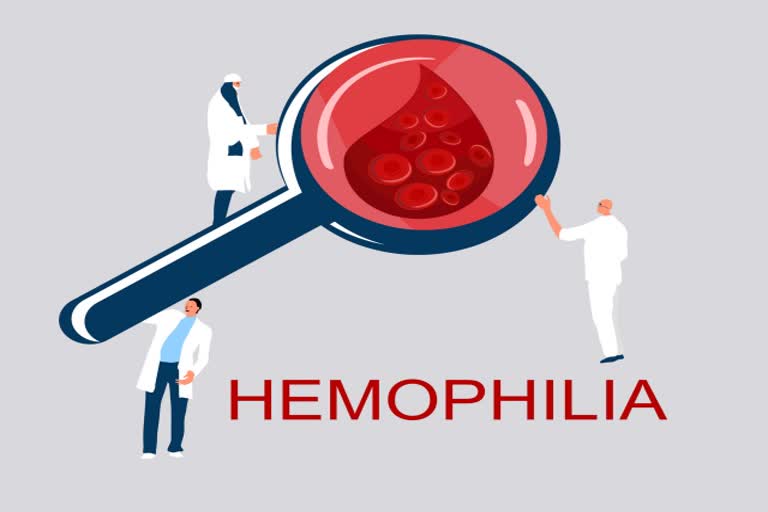Bleeding is a common thing that follows most of the injuries, which is further followed by a process called clotting, where the cells in the blood and proteins work together to form clots to avoid excess loss of blood. However, in some people, the bleeding prolonged and these people are known to suffer from a bleeding disorder. One such rare bleeding disorder is Haemophilia. Since it is a rare disorder, people are not much aware about it. So, what exactly is this condition and what are the things associated with it? Let us know more about it with ETV Bharat Sukhibhava.
Defining Haemophilia
“Haemophilia is a bleeding problem. People with haemophilia do not bleed any faster than normal, but they can bleed for a longer time. Their blood does not have enough clotting factor. The clotting factor is a protein in blood that controls bleeding. haemophilia is quite rare. About 1 in 10,000 people are born with it”, states the World Federation of Haemophilia (WFH).
Furthermore, the Centers for Disease Control and Prevention (CDC) informs that haemophilia is usually an inherited bleeding disorder in which the blood does not clot properly. This can lead to spontaneous bleeding as well as bleeding following injuries or surgery. Blood contains many proteins called clotting factors that can help to stop bleeding. People with haemophilia have low levels of either factor VIII (8) or factor IX (9).
A person with lower levels of factor VIII (8) has haemophilia A, which is the most common type. The one with lower levels of the latter, i.e. factor IX (9) have haemophilia B, which is comparatively less common. However, in both the cases, the person bleeds for a longer time than usual.
How Does It Happen?
Most people with haemophilia are born with this condition. It is inherited or passed on from parents to a child, through genes. Apart from this, in some cases, it can also occur with no family history of haemophilia. WFH explains that Sometimes haemophilia can occur when there is no family history of it. This is called sporadic haemophilia. About 30% of people with haemophilia did not get it through their parent’s genes. It was caused by a change in the person’s own genes.
One other condition can be Acquired haemophilia. WFH states that in rare cases, a person can develop haemophilia later in life. The majority of cases involve middle-aged or elderly people or young women who have recently given birth or are in the later stages of pregnancy. This condition often resolves with appropriate treatment.
